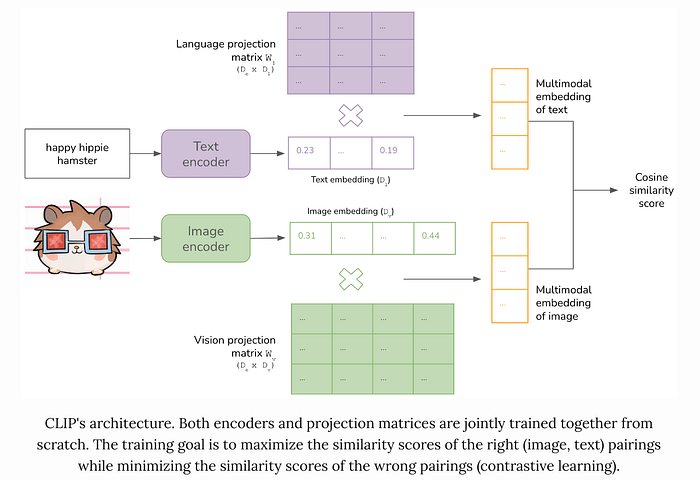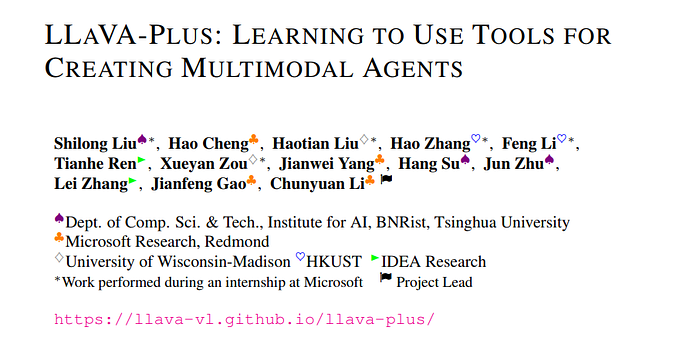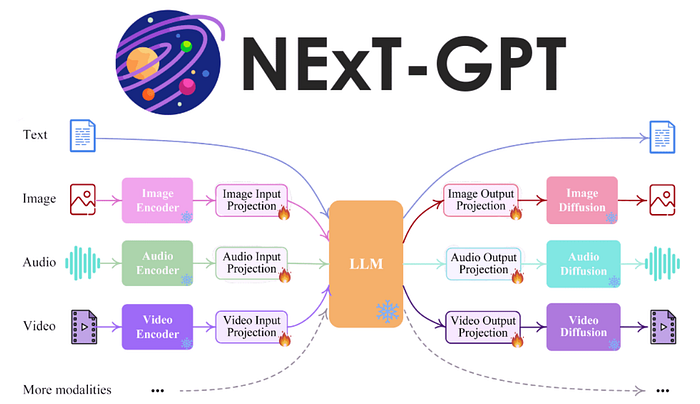Large multimodal models // LMMs
Large Multimodal Models (LMMs) extend Large Language Models to the vision and other domains.


Large multimodal model (LMM) is a key research frontier for generative AI. Generic LMMs may find significant growth areas in high-value specialty domains such as biomedicine. [post]

Why multimodal
Many use cases are impossible without multimodality, especially those in industries that deal with a mixture of data modalities such as healthcare, robotics, e-commerce, retail, gaming, etc.


This paper presents LLaVA-Plus (Large Language and Vision Assistants that Plug and Learn to Use Skills), a general-purpose multimodal assistant trained using an end-to-end approach that systematically expands the capabilities of large multimodal models (LMMs). LLaVA-Plus maintains a skill repository that contains a wide range of vision and vision-language pre-trained models (tools), and is able to activate relevant tools, given users’ multimodal inputs, to compose their execution results on the fly to fulfill many real-world tasks. To acquire the ability of using tools, LLaVA-Plus is trained on multimodal instruction-following data that we have curated. The training data covers many tool use examples of visual understanding, generation, external knowledge retrieval and their compositions. Empirical results show that LLaVA-Plus outperforms LLaVA in existing capabilities, and exhibits many new capabilities. Compared with tool-augmented LLMs, LLaVA-Plus is distinct in that the image query is directly grounded in and actively engaged throughout the entire human-AI interaction sessions, significantly improving tool use performance and enabling new scenarios.

Recent advances such as LLaVA and Mini-GPT4 have successfully integrated visual information into LLMs, yielding inspiring outcomes and giving rise to a new generation of multi-modal LLMs, or MLLMs. Nevertheless, these methods struggle with hallucinations and the mutual interference between tasks. To tackle these problems, we propose an efficient and accurate approach to adapt to downstream tasks by utilizing LLM as a bridge to connect multiple expert models, namely u-LLaVA. Firstly, we incorporate the modality alignment module and multi-task modules into LLM. Then, we reorganize or rebuild multi-type public datasets to enable efficient modality alignment and instruction following. Finally, task-specific information is extracted from the trained LLM and provided to different modules for solving downstream tasks. The overall framework is simple, effective, and achieves state-of-the-art performance across multiple benchmarks. We also release our model, the generated data, and the code base publicly available.




